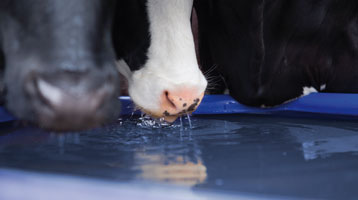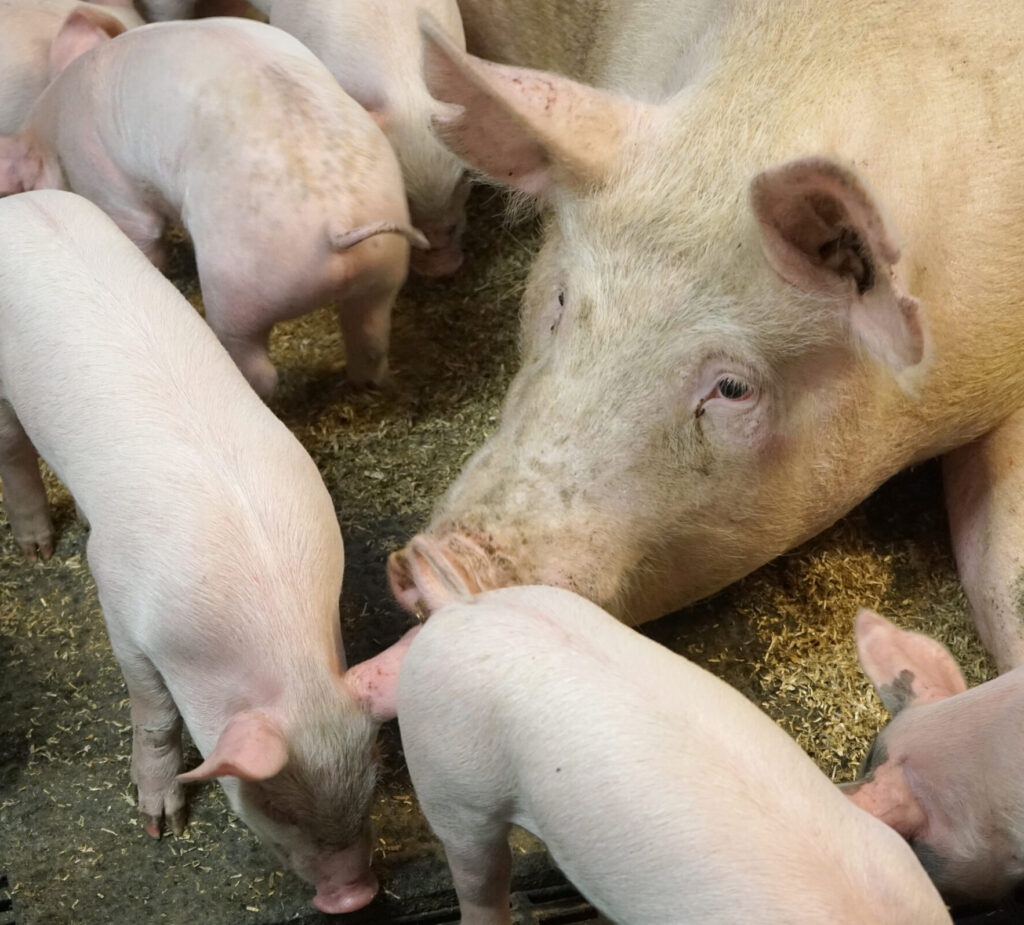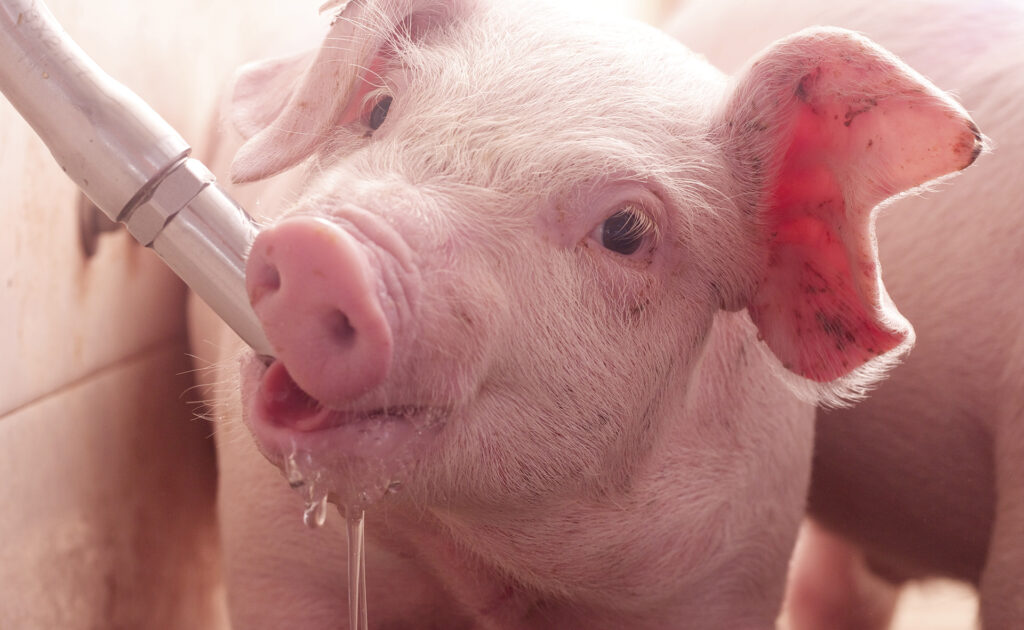Every livestock farmer knows that good feed is the foundation of healthy and productive animals. But we often overlook the simplest part of the ration: water. Not just the quantity or availability, but especially the quality of drinking water determines how well cows, calves, and beef cattle perform. Yet on many farms, this crucial element receives little attention.
Water often feels self-evident: you turn on the tap, it flows, and the animals drink. But what’s really in that water? And how does it affect their health and productivity? Consider this: a dairy cow drinks an average of 100 litres per day—depending on milk production, temperature, and feed. That makes it clear how big of a role water plays.
Crystal clear? Look closer
On many dairy farms, water comes from a private well. That can be fine, but it also means farmers themselves are responsible for the quality. One of the most important aspects is chemical composition. Take pH, for example. It should be between 6.0 and 8.0. If it’s too acidic, it can corrode pipes and negatively affect taste. Too alkaline, and it can impair mineral absorption.
Then there’s iron and manganese. In high concentrations, animals taste it immediately and drink less. These elements also support bacterial growth and biofilm formation inside pipes. Calves, with their sensitive digestion and relatively high water needs, are often the first to suffer.

Water hardness is another factor. Hard water leads to lime scale in pipes and malfunctioning drinking systems. It also affects hygiene by reducing the effectiveness of cleaning agents.
The hidden danger you don’t see
Besides chemical risks, there’s also microbiological contamination, the invisible threat. In pipes, especially those not in constant use, a slimy layer called biofilm can form. You don’t see it, but it harbours bacteria like E. coli or Pseudomonas. Even with a strong cleaning protocol, dirty pipelines will keep causing recurring problems.
The risk rises in summer or in calf pens with low water flow. One hot day and some stagnant water is all it takes to create a breeding ground for pathogens.
Water must be available — and sufficient
Availability is another often underestimated aspect. Water pressure must be high enough, and there should be enough drinking points. For dairy cattle: at least 20 litres per minute per drinker, and one drinking spot per 10–15 cows. If an animal has to wait—or is bullied away by dominant cows—it will drink less. That leads to lower feed intake, poor rumen function, and reduced milk production.
The same goes for calves. A young calf may only drink five litres per day, but its water need per kilogram of body weight is much higher than that of an adult cow. And its vulnerability to infection is significantly greater.
The impact on performance is real
The effects of poor water quality in cattle are often seen only later. Calves that grow slowly, beef cattle that are less efficient, or dairy cows that fall short of their peak. Scientific studies show that cows with access to clean, palatable water produce up to 1.5 litres more milk per day. And for beef cattle, reduced water intake translates directly to lower daily weight gain.
Many farmers search for causes in feed, genetics, or the environment. But sometimes, the issue is right there—in the pipeline.

In summary: water deserves attention
Water quality isn’t a luxury; it’s a necessity. Have your water analysed at least once a year. Don’t just rely on taste or appearance. Invest time in cleaning pipelines thoroughly. And ensure every animal always has access to clean, cool, and sufficient water. Because without good water, there are no healthy animals. And without healthy animals, there’s no profitable farm.
Want us to think with you about your cattle’s drinking water? Contact us for personal advice!




